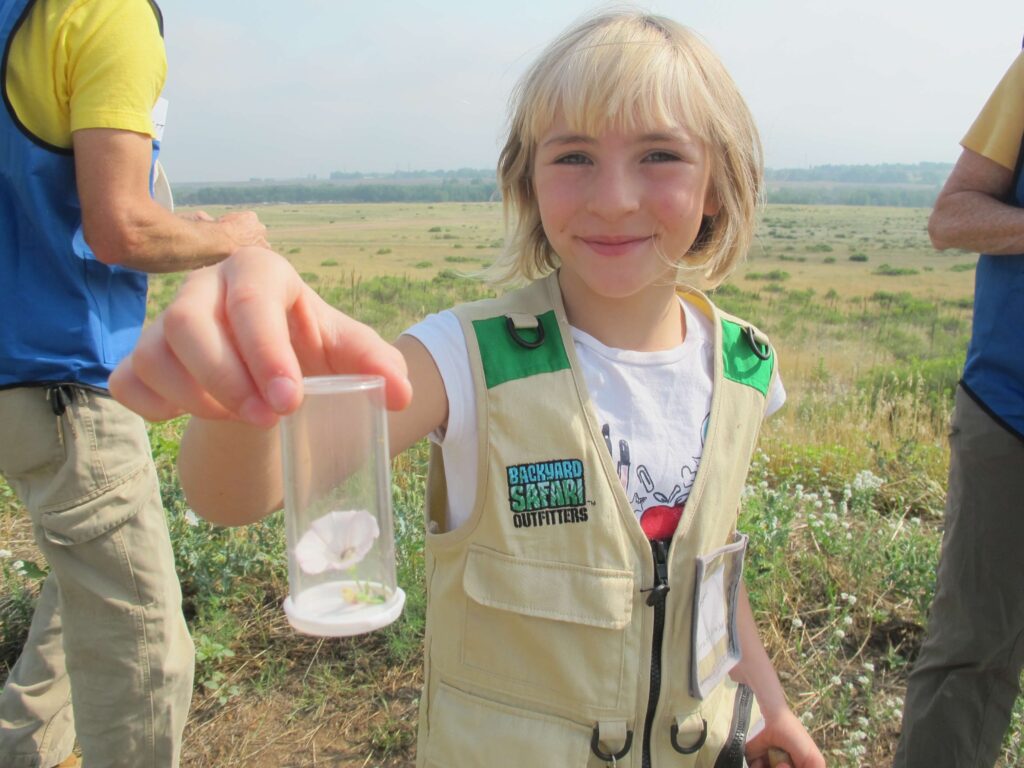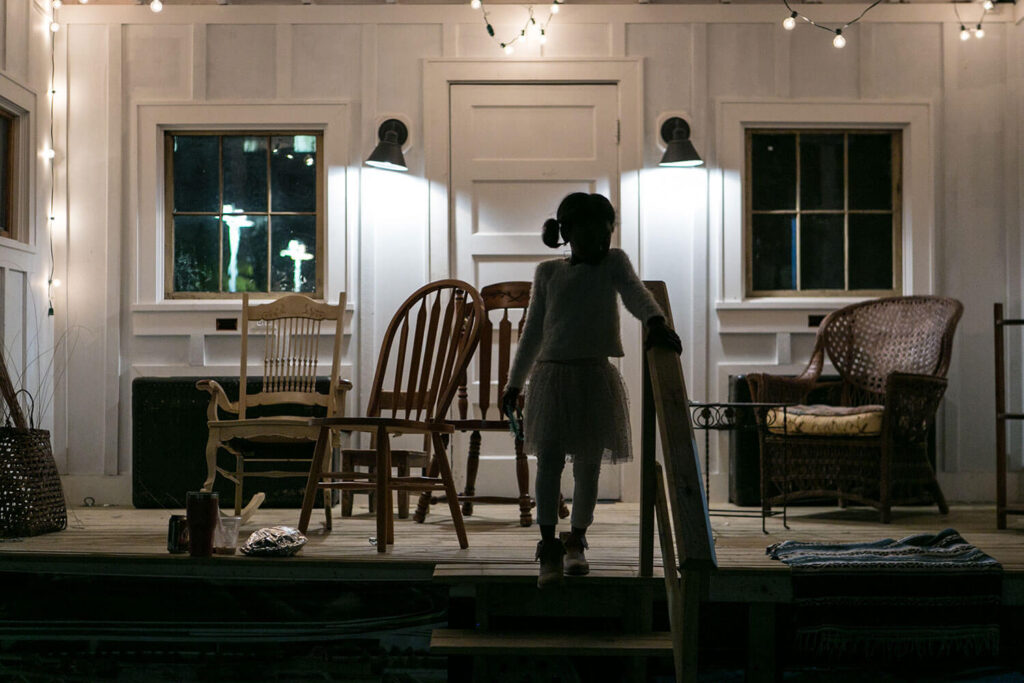Would you like to showcase your own work to embed equity in your infrastructure reuse project?
Joining Forces for Environmental Resilience

Extensive community engagement over 71 miles is a High Line Canal Conservancy priority. Credit: High Line Canal Conservancy.
When the High Line Canal Conservancy was formed in 2014 to bring together regional partners and plan a vibrant future for the old 71-mile irrigation canal in Colorado’s Denver metro area, one question was constant: What about the water? With present-day water challenges typical of rapidly growing regions, Denver Water, the public agency that owns the canal, has been gradually moving irrigation customers to more sustainable water sources. The shift has created a need for creative solutions to maintain the 860 acres of open space around the canal as a recreational and ecological resource.
Through an innovative partnership and with a goal of maximizing the environmental benefits of the High Line Canal to the region, the Conservancy, Denver Water, and governmental partners worked together to study the feasibility of repurposing the system for stormwater management.
Ultimately, 62 of the 71 miles were found usable for water quality improvement and flood mitigation. Redirecting stormwater into the canal has helped alleviate the environmental impact of new development. Redirected water, especially in Denver’s northeast communities, will also help vegetation grow in places where green space has been lacking and make them more resilient.
This partnership has yielded direct benefits for the Conservancy too: Denver Water recently pledged a historic $10 million toward long-term care of the Canal. “The Canal provides an incredible opportunity for our region to repurpose aging infrastructure in a sustainable, forward-thinking way. The transition of the Canal will help preserve a piece of Colorado history in perpetuity using modern-day modifications to allow for stormwater conveyance,” says Harriet Crittenden LaMair, Executive Director of the High Line Canal Conservancy.
Project Org
High Line Canal ConservancyRelated Toolkit Section
Build PartnershipsRelated Tool
ALIGN WITH PARTNERSWhen the High Line Canal Conservancy was formed in 2014 to bring together regional partners and plan a vibrant future for the old 71-mile irrigation canal in Colorado’s Denver metro area, one question was constant: What about the water? With present-day water challenges typical of rapidly growing regions, Denver Water, the public agency that owns the canal, has been gradually moving irrigation customers to more sustainable water sources. The shift has created a need for creative solutions to maintain the 860 acres of open space around the canal as a recreational and ecological resource.
Through an innovative partnership and with a goal of maximizing the environmental benefits of the High Line Canal to the region, the Conservancy, Denver Water, and governmental partners worked together to study the feasibility of repurposing the system for stormwater management.
Ultimately, 62 of the 71 miles were found usable for water quality improvement and flood mitigation. Redirecting stormwater into the canal has helped alleviate the environmental impact of new development. Redirected water, especially in Denver’s northeast communities, will also help vegetation grow in places where green space has been lacking and make them more resilient.
This partnership has yielded direct benefits for the Conservancy too: Denver Water recently pledged a historic $10 million toward long-term care of the Canal. “The Canal provides an incredible opportunity for our region to repurpose aging infrastructure in a sustainable, forward-thinking way. The transition of the Canal will help preserve a piece of Colorado history in perpetuity using modern-day modifications to allow for stormwater conveyance,” says Harriet Crittenden LaMair, Executive Director of the High Line Canal Conservancy.
Share this Case Study


